Key Takeaways
- Keep in mind the versatility of weapons and consider how they fit into your character’s build and playstyle.
- Recent updates to Dungeons & Dragons weapon mechanics and weapon mastery add new complexity and strategic advantages to weapon choices.
It’s time to create your warrior who gets close to their targets and delivers the pain. Dungeons & Dragons has many classes, subclasses, and builds to play with, and having the proper equipment is imperative to make your build work. And for that, you need to be aware of what weapons to wield.
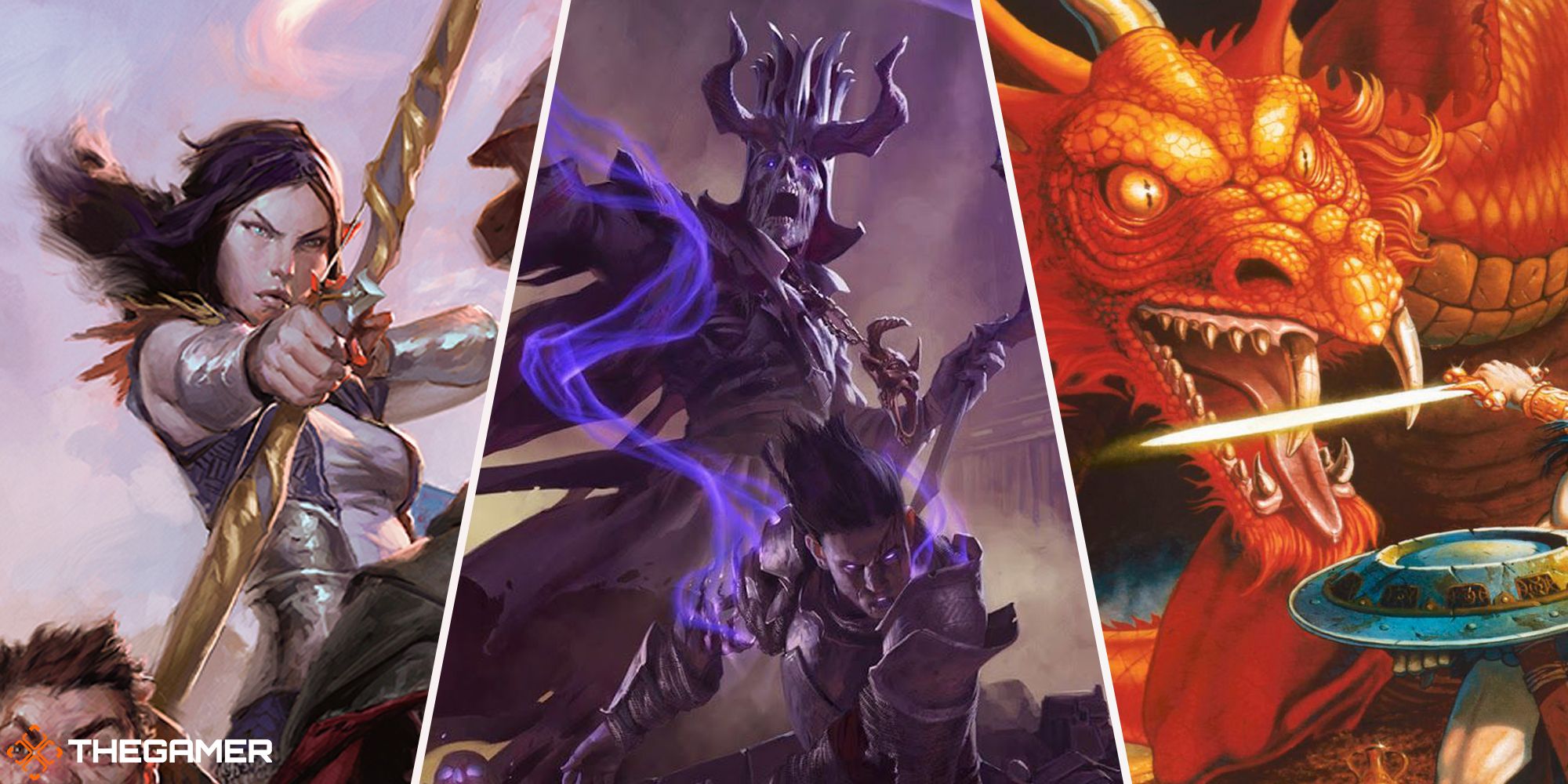
Related
Dungeons & Dragons: Weapon Types Explained
Too many weapons for only one character. Read about every weapon type and choose your favorite one.
These weapons are divided into two broad categories: melee or ranged, and whether they are simple or martial weapons. Here, we’ll discuss martial melee weapons. We won’t discuss magical gear here, and we’ll rank them based on how useful they are in general, but the number one pick might not be suitable for your build.
Updated on October 17, 2024, by Lucas Olah: Thanks to the Dungeons & Dragons 2024 Player’s Handbook, weapons don’t work the same way they used to – though, to be fair, it’s not like they’ve changed drastically or anything. Aside from a few balancing changes here and there, weapons also have access to the new feature, weapon mastery, which makes some of these choices significantly better than before and also stops weapons that used to be virtually the same thing from actually being the same thing. So, we’ve updated our ranking of martial melee weapons to reflect these changes.
16
Flail And Morningstar
|
Damage |
1d8 Bludgeoning (Flail) Piercing (Morningstar) |
|---|---|
|
Properties |
None |
|
Weapon Mastery |
Sap |
Both the flail and the morningstar stay together for having the exact same stats – you could argue that the flail is better for being lighter and cheaper, but that’s about it. They both have decent damage, 1d8, and a good mastery, Sap, which gives a disadvantage to your target’s next attack, so we can’t say they’re useless.
The problem is that other weapons, like the longsword and the war pick, can do the same while also being more versatile (pun intended) in their use. If it weren’t for the fact that other weapons are more viable, they would be much more useful.
15
Whip
|
Damage |
1d4 slashing |
|---|---|
|
Properties |
Finesse, Reach |
|
Weapon Mastery |
Slow |
All things considered, the whip is not a good weapon either, as its damage is a measly d4. What it has going for it is that it can be used in different ways. You can live without one, but still.
It has the finesse property, meaning you can use your Dexterity for attack and damage rolls rather than Strength (though you can use strength if that’s better for you), and it has the reach property, allowing you to hit people from ten feet/three meters away.
If you have access to a spell like True Strike, you can attack from afar and cause more damage.
A rogue with access to it can even trigger Sneak Attack from afar with a whip while also boosting the damage with a spell like True Strike.
Lastly, it has a decent weapon mastery, Slow, which removes ten feet/three meters from the target’s movement, allowing you to hit them from afar and back away, and the loss of movement may make it impossible for the target to reach you on their turn. Ranged weapons are still better options for the Slow mastery, but maybe leaving a whip in your backpack for emergencies won’t hurt.
14
Scimitar
|
Damage |
1d6 slashing |
|---|---|
|
Properties |
Finesse, Light |
|
Weapon Mastery |
Nick |
A scimitar is probably the best weapon for your offhand – in other words, the secondary weapon of your dual-wielder character. Its damage is decent, it is light – allowing it to be used as an offhand weapon – and it also has finesse.
Its weapon property, Nick, also favors dual-wielding, as you can make your additional attack with the scimitar without consuming your bonus action. You can then use your bonus action for other things or get the Dual Wielder feat to attack yet again. The main issue is that dual wielding, albeit better than what it used to be, is still not the greatest thing, and the scimitar doesn’t have a lot of uses outside this trick.
By default, offhand weapon attacks don’t add your strength or dexterity bonus to the damage, so the Two-Weapon Fighting Style can help.
If your game mixes new and old content, the Fighting Initiate feat can help you if your class doesn’t have access to fighting styles.
13
Shortsword
|
Damage |
1d6 piercing |
|---|---|
|
Properties |
Finesse, Light |
|
Weapon Mastery |
Vex |
Shortswords are almost the same thing as scimitars: they have the same damage and properties and are mostly good for dual-wielding (though this time, they’re the main weapon). What makes them a better option, even if you’re not dual-wielding, is their mastery, Vex.
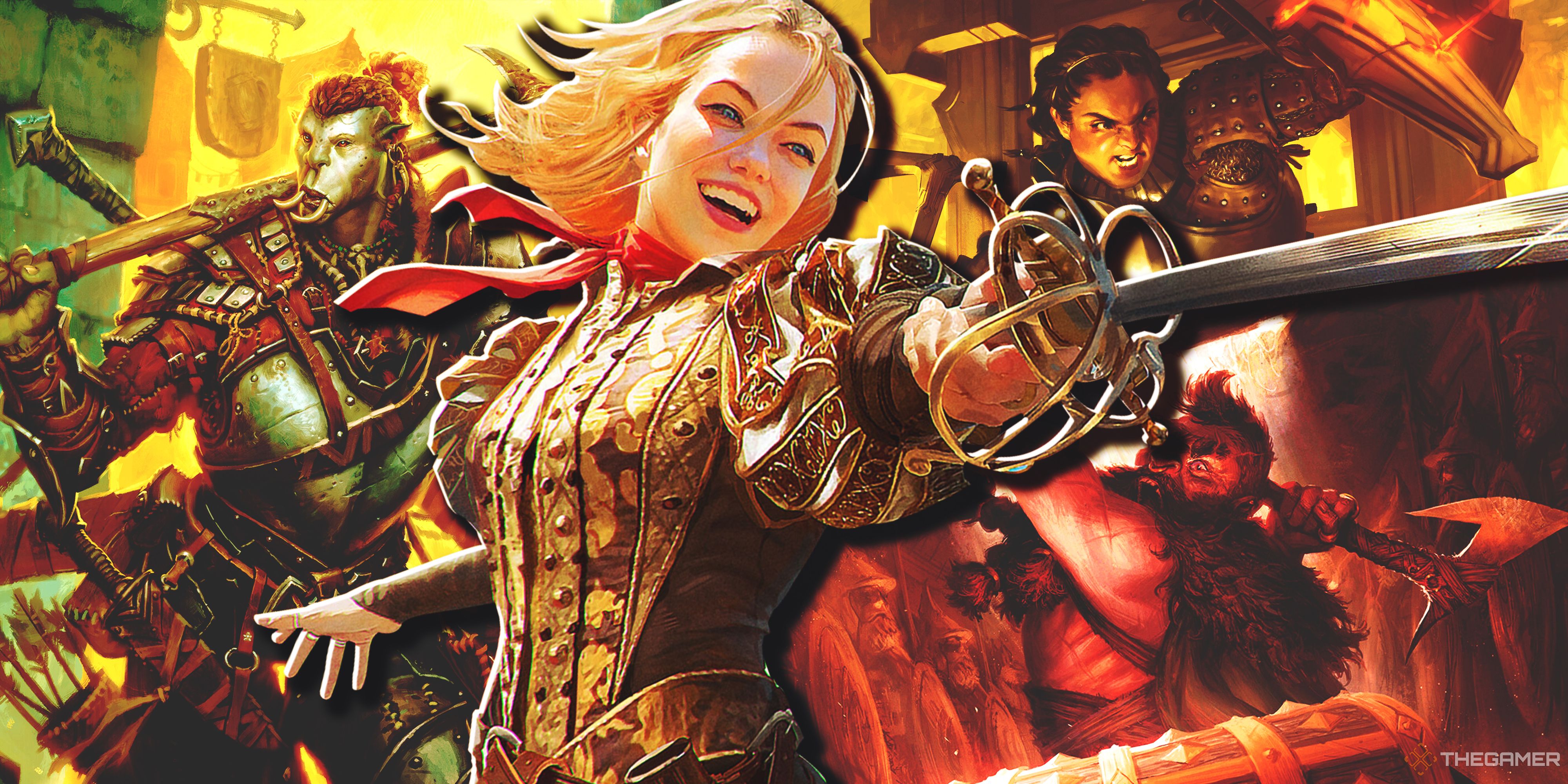
Related
Dungeons & Dragons: Weapon Mastery, Explained
Unlock your chosen weapon’s true power in D&D’s 2024 rules.
When you hit someone (and cause damage), your next attack against the target will have an advantage, and if you can make multiple attacks, you can just keep giving yourself an advantage to the next one because there are no limits per turn to trigger Vex.
Still, shortswords are mostly useful for dual-wielding because rapiers are stronger and also have Vex, but proficiency with rapiers is harder to get now, so shortswords may still be an option for you.
12
Greataxe
|
Damage |
1d12 slashing |
|---|---|
|
Properties |
Heavy, Two-Handed |
|
Weapon Mastery |
Cleave |
The greataxe is a fantastic option for melee damage, but it works for a specific build – a two-handed-weapon character. Famous for being the default weapon for barbarians, greataxes use the highest damage die, the d12. The heavy property no longer hinders small characters, so your kobold barbarian can gladly wield it (and other heavy weapons) without any issues.
Its mastery, Cleave, lets you make an additional attack to a target that is adjacent to both you and your first target – though this attack doesn’t add your ability score bonus on the damage. It’s very useful to deal more attacks, but the triggering methods are a bit situational – you’ll mostly use it if you get surrounded often.
11
Greatsword
|
Damage |
2d6 slashing |
|---|---|
|
Properties |
Heavy, Two-Handed |
|
Weapon Mastery |
Graze |
Greatswords, along with mauls, have the best damage for a melee weapon, 2d6. Compared to the 1d12, you’ll have a better average among your damage rolls, and you’ll never roll a one on the damage, either.
Its mastery, Graze, lets you deal damage to your target equal to the ability score bonus used for the attack (Strength, in this case) anytime you miss an attack. This means that, even if you miss your attack, you’ll still cause damage, no matter how low this damage will be. It’s a safe way of keeping constant damage.
At first, that isn’t as effective as other options, but the fact you’ll always deal damage makes you far deadlier – you can kill a minion or even a boss at low health while still missing your attack.
10
Maul
|
Damage |
2d6 bludgeoning |
|---|---|
|
Properties |
Heavy, Two-Handed |
|
Weapon Mastery |
Topple |
Mauls aren’t much different from greatswords. Their damage is bludgeoning, a slight buff since there are more creatures resistant or immune to slashing over bludgeoning, and the mastery is different, as mauls have the Topple mastery.
While Topple isn’t guaranteed like Graze, you’ll trigger a saving throw every time you hit the enemy, so they’re bound to fail eventually. Then, giving an advantage not only for you but for every melee character in the party can change things a lot. Not to mention, they’ll lose movement to get up, meaning this can also be used with clever positioning to prevent the enemy from reaching allies later.
Pay close attention to the feats you want when choosing a weapon. Sure, greatswords and mauls aren’t that different, but you can improve the greatsword with the Slasher feat since its damage is slashing, and you can improve the maul with the Crusher feat since its damage is bludgeoning. Which feat works best in your build?
9
Pike
|
Damage |
1d10 piercing |
|---|---|
|
Properties |
Heavy, Reach, Two-Handed |
|
Weapon Mastery |
Push |
Now, talk about an upgrade. Compared to other similar weapons – aka the glaive and the halberd – pikes were always forgettable. A pike is, in theory, as good as them since they all have the same damage and properties, but pikes were left behind because they couldn’t work with the most popular feat for these weapons, Polearm Master.
However, pikes are now eligible for Polearm Master. Its weapon mastery, Push, is also very useful, but it can be a bit more situational compared to the others (Push tends to be more useful on ranged weapons, too), so it’s still the worst of the polearms, but no longer the worst martial melee weapon. Besides, depending on how much your DM plays with the environment or how much synergy pushing has with your allies’ attacks and spells, this can actually be the best polearm weapon for you.
8
Halberd
|
Damage |
1d10 slashing |
|---|---|
|
Properties |
Reach, Heavy, Two-Handed |
|
Weapon Mastery |
Cleave |
Halberds work as an improved pike. Its damage type changed to slashing, and it has the Cleave mastery, which is usually better than Push and less situational – though, as we mentioned before, Push can be a game changer depending on party synergy and environment.
It’s also worth mentioning that the halberd – and the pike, for that matter – are above the other two-handed weapons mentioned before because, while their damage is lower, their reach compensates for it, and the damage difference isn’t as significant. Besides, a combo such as Polearm Master and Sentinel is just too powerful to ignore.
7
Glaive
|
Damage |
1d10 slashing |
|---|---|
|
Properties |
Reach, Heavy, Two-Handed |
|
Weapon Mastery |
Graze |
The glaive beats the previous options similarly to how the greatsword beats previous options: Graze. By all accounts, this weapon is the same as a halberd except for its weapon mastery. Graze can be used far more constantly, and you’ll cause damage even if you miss it.
In fact, assuming you’re getting Polearm Master, the extra attack you can do with your bonus action will also trigger Graze if it misses – nothing says it can’t. Thus, your damage output will increase nicely with an additional attack that will cause damage no matter what – unless the enemy is immune to your damage, but that’s a different situation.
6
Lance
|
Damage |
1d10 piercing |
|---|---|
|
Properties |
Heavy, Reach, Two-Handed (unless mounted) |
|
Weapon Mastery |
Topple |
Similar to the pike, lances got a nice upgrade, going from very situational to actually viable. It basically has all the mechanical perks of polearms, with 1d10 damage and reach. It lost the disadvantage it used to have when attacking someone five feet/1.5 meters away from you, and it now has access to Polearm Master – yes, it fits the criteria, even though we have no idea how to visualize you using the other end of a lance to hit someone.
It has the Topple mastery, which is one of the best ones, and it has a unique feature that you can wield it with one hand as long as you’re mounted. Thus, if your build involves riding a horse (looking at you, paladins and your Find Steed), you can use it along with a shield. If you’re mixing old rules here, you could, in theory, use a centaur player as a mount, too, by the way.
5
Rapier
|
Damage |
1d8 piercing |
|---|---|
|
Properties |
Finesse |
|
Weapon Mastery |
Vex |
Though the weapon only causes 1d8 piercing damage, it’s the best martial weapon for those who wish to dump their Strength and focus on Dexterity, as it has the finesse property. It’s useful for rogues or fighters, rangers, and even paladins that are Dexterity-focused.
Dual wielding still works here with the new rules, but your main weapon needs to have the light property, while the rapier needs to be your offhand weapon – which is weird considering that the offhand weapons are usually the small ones in real-life combat. Sadly, from the wording of the Dual Wielder feat and the Two-Weapon Fighting, this additional attack won’t have your ability score bonus.
Despite the hit rapiers took in not being a good choice for dual-wielding, they’re still effective for weapon plus shield combos, and their mastery, Vex, is one of the best in the game, so they’re still a great pick overall.
4
Warhammer
|
Damage |
1d8 bludgeoning |
|---|---|
|
Properties |
Versatile (1d10 damage) |
|
Weapon Mastery |
Push |
Now, we’re going to talk about a few weapons that are virtually the same, with their only difference being damage type and weapon mastery.
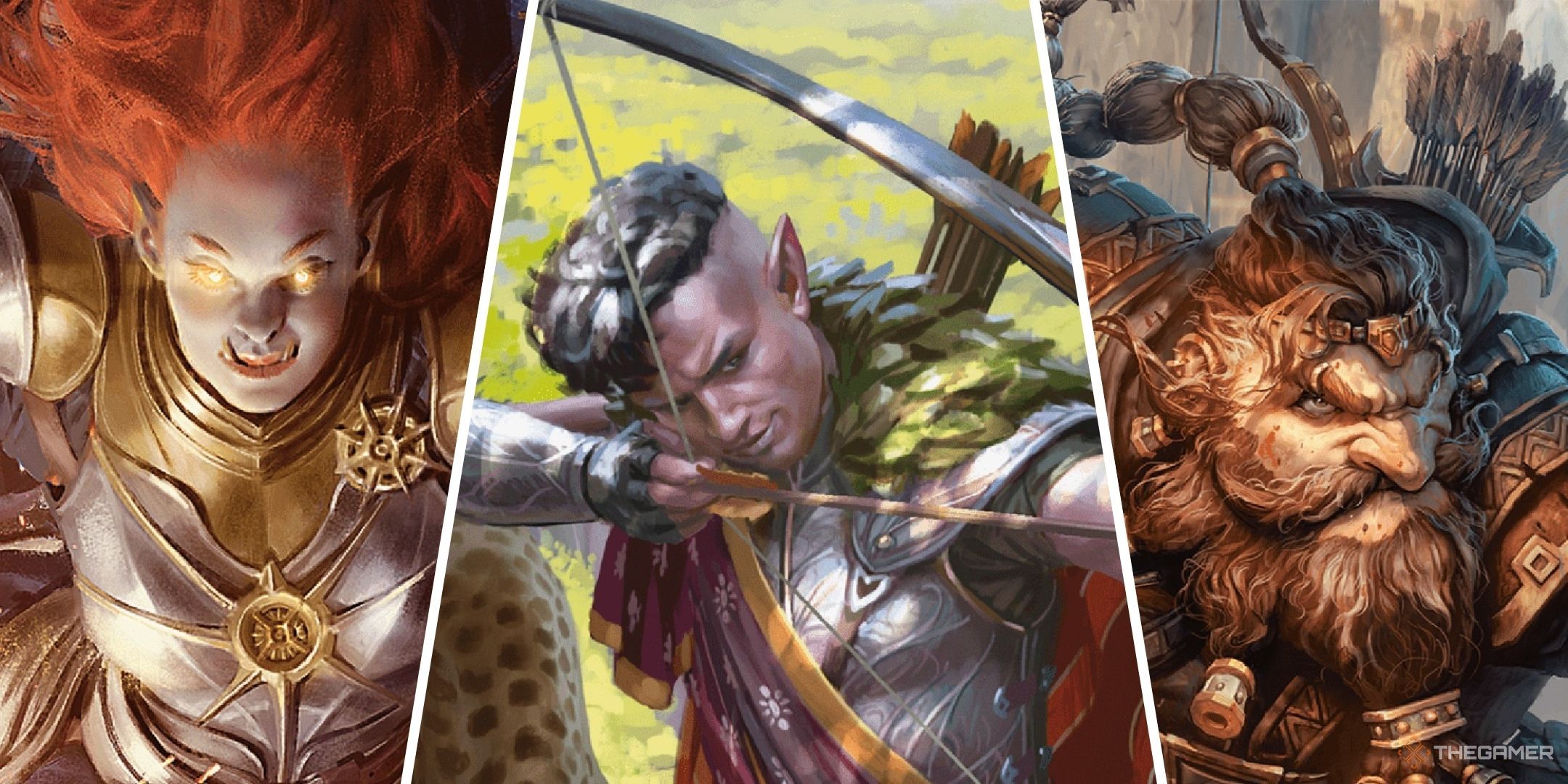
Related
Dungeons & Dragons: All Weapon Mastery Properties In The 2024 Player’s Handbook, Ranked
Which weapon mastery property from the 2024 Player’s Handbook is the best? Let’s find out.
What the warhammer and all the following options have in common is that they’re useful in many situations. They work as your main weapon, they work with a shield, and they work as an offhand weapon along with the Dual Wielder feat, just like the rapier. They aren’t the best choice for every category (aside from weapon plus shield), but they work well in all of them.
As for the warhammer itself, it comes with bludgeoning damage, which is great, and the Push mastery. As mentioned before, Push is great, just a bit situational, especially on a melee weapon.
3
Longsword And War Pick
|
Damage |
1d8 Slashing (Longsword) Piercing (War Pick) |
|---|---|
|
Properties |
Versatile (1d10 damage) |
|
Weapon Mastery |
Sap |
Longswords got a nice improvement thanks to Sap (which gives your target a disadvantage on their next attack), and the same can be said for the war pick, which used to be way worse.
War picks are technically the better option due to cost and weight, but these are small details. We recommend checking the Slasher and Piercer feats, see which one works for you, and choose your weapon based on that.
2
Battleaxe
|
Damage |
1d8 slashing |
|---|---|
|
Properties |
Versatile (1d10 damage). |
|
Weapon Mastery |
Topple |
Axe enthusiasts, your time is now. With the Topple mastery, the battleaxe became quite an interesting pick. While it’s not a guaranteed thing like Sap, it’s important to keep in mind that Sap will be an inconvenience to enemies at first or minions, but enemies who have multiple attacks – or rely on spells with saving throws – can circumvent Sap.
Meanwhile, dropping an enemy prone and getting an advantage for multiple strikes is highly effective, even if you won’t trigger that every turn. Still, it’s a small difference, and previous options will work just as well in combat as the battleaxe.
1
Trident
|
Damage |
1d8 piercing |
|---|---|
|
Properties |
Versatile (1d10 damage), Thrown (Range: 20ft/6m – 60ft-18m) |
|
Weapon Mastery |
Topple |
If you think the pike and the lance had glow-ups, tridents did even better. They weren’t bad to begin with, but they had the same stats as a spear, which is a simple weapon. Now, their damage is a d8 that turns into a d10 with both hands, putting it on the same level as that of the longsword, battleaxe, and warhammer.
It also comes with the thrown property, which is sadly not as useful as you think because, if this is your main weapon, you probably don’t want to throw it, though eldritch knights can summon the weapon, or your artificer friend could turn it into a returning weapon. If all else fails, you could gently imply to your DM that you’d love to find a magical trident that returns to you after being thrown.
What makes this weapon even better is the Topple mastery, which is the perfect opportunity to get multiple advantages against the enemy from both you and your allies in case they do fall prone to you. Besides, if you have a backup weapon, you can throw the trident on a fleeing enemy, apply Topple, and go for the attack with something else.
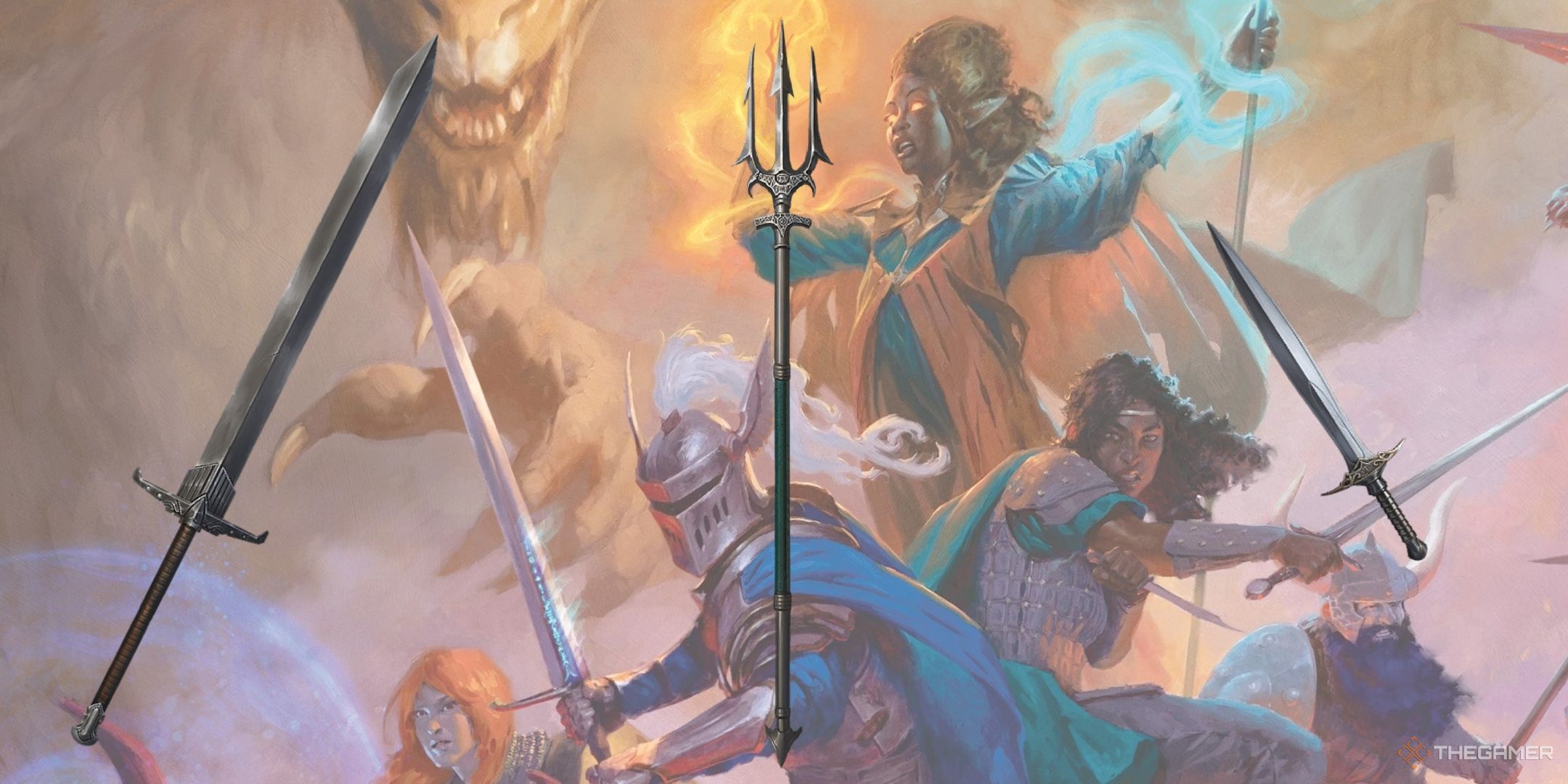
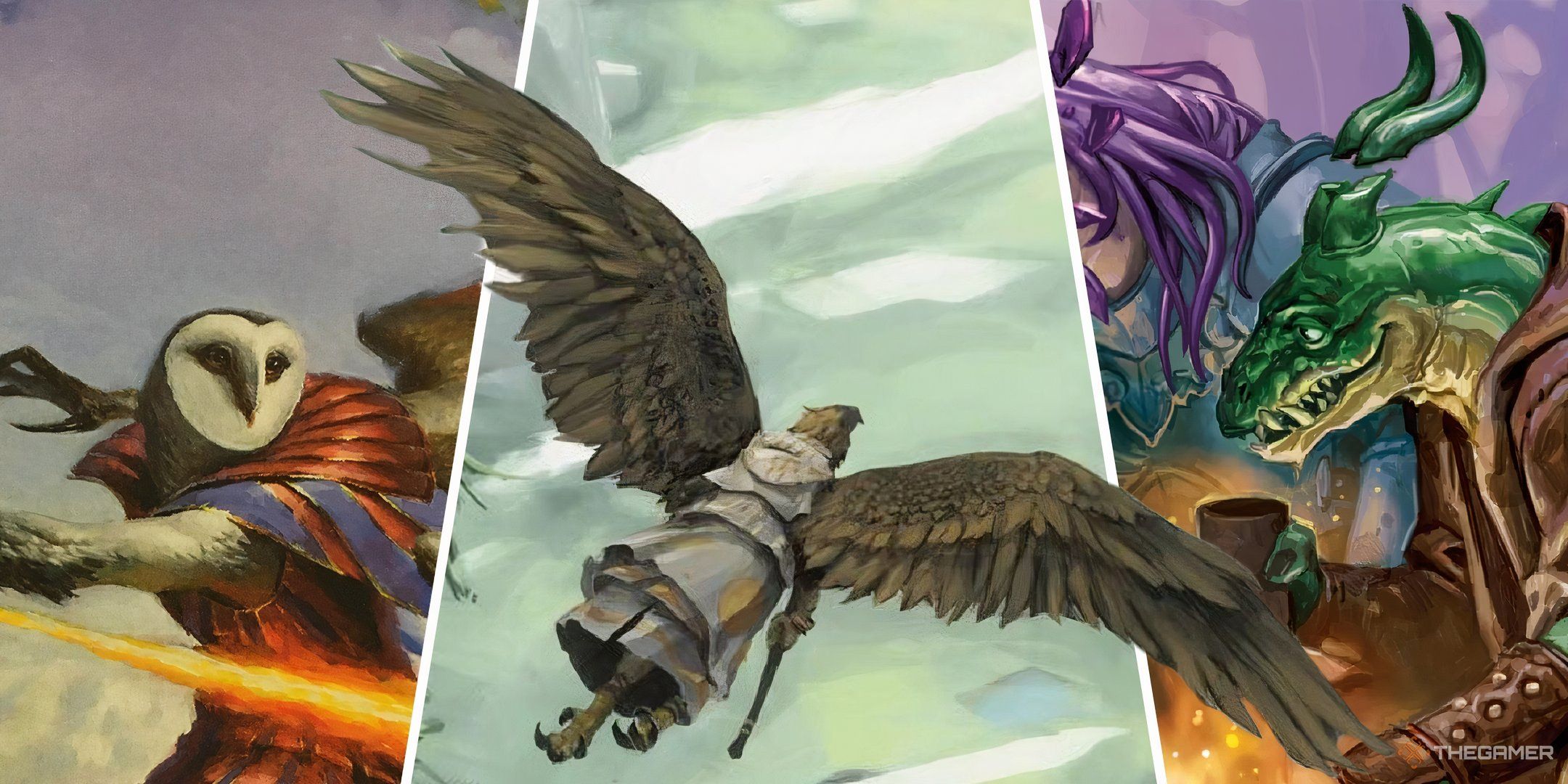
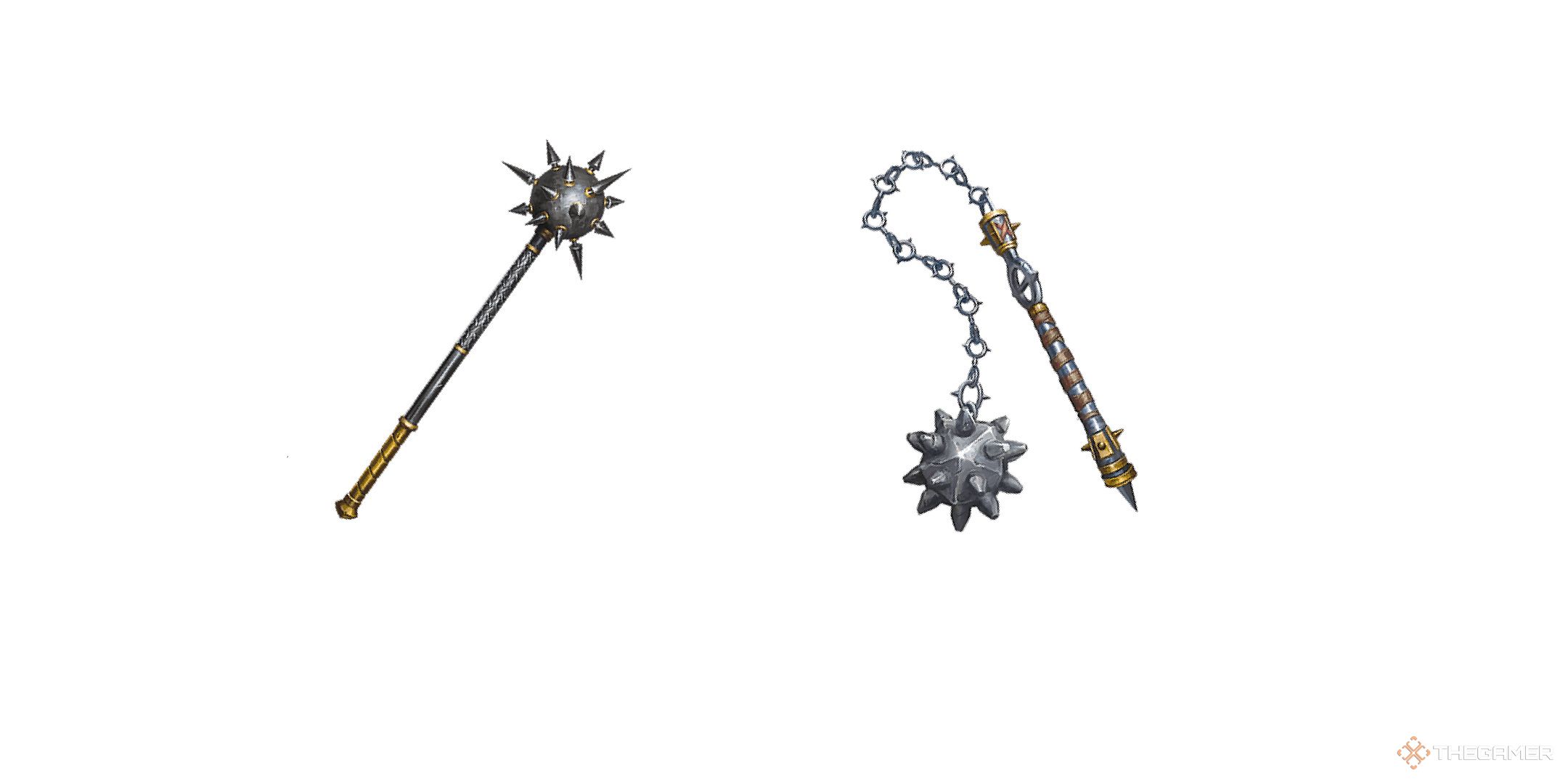
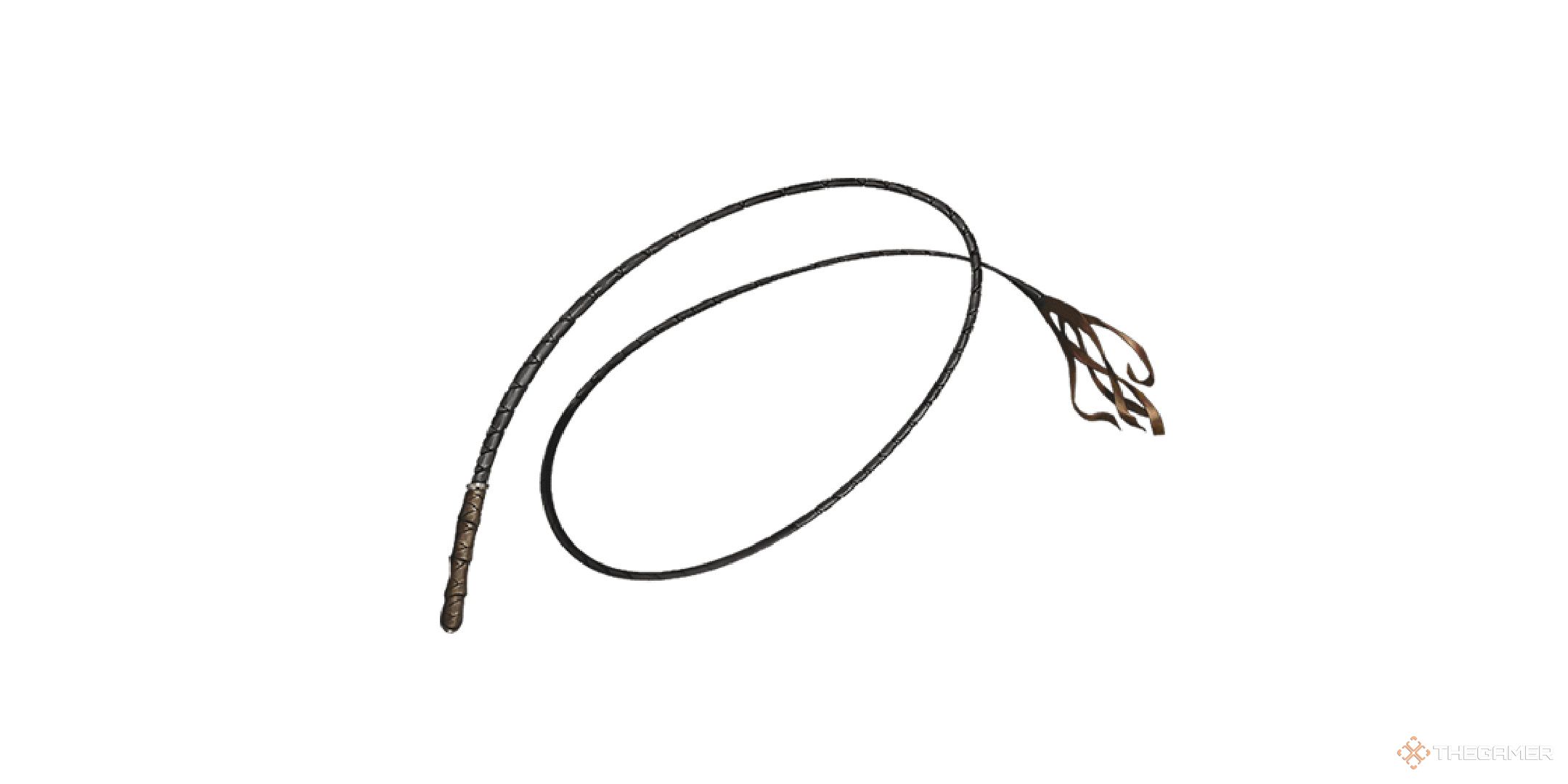
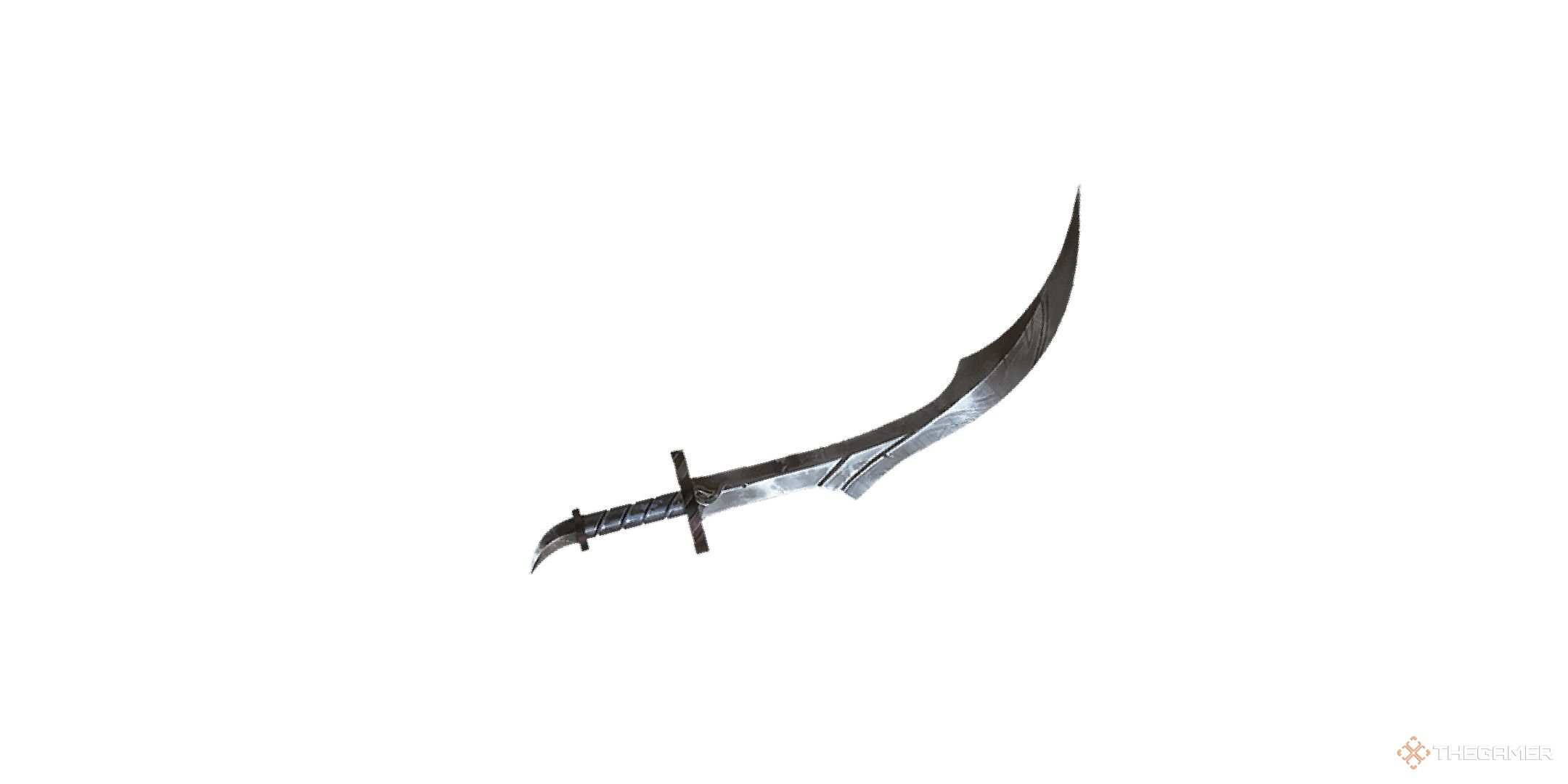
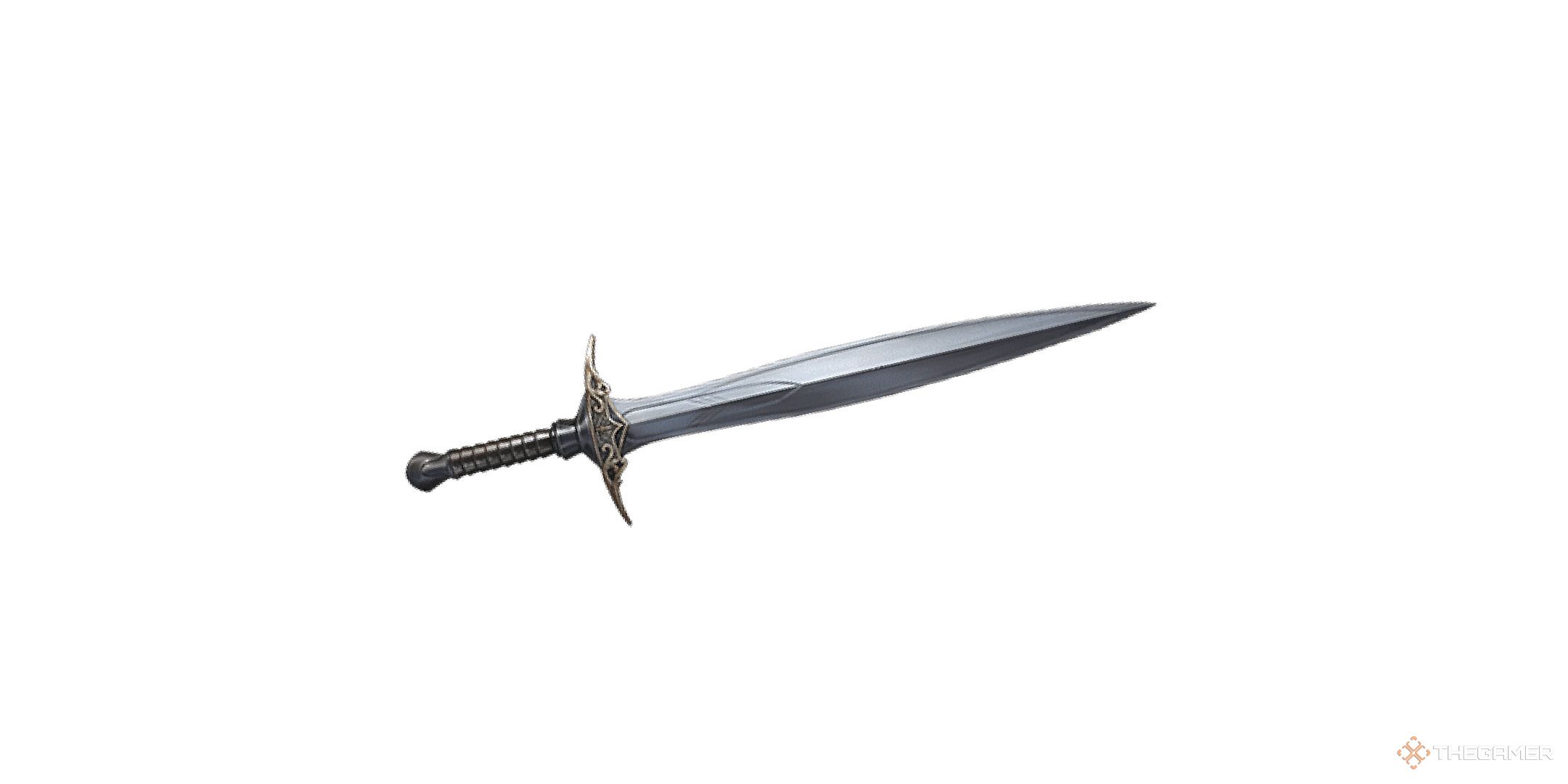
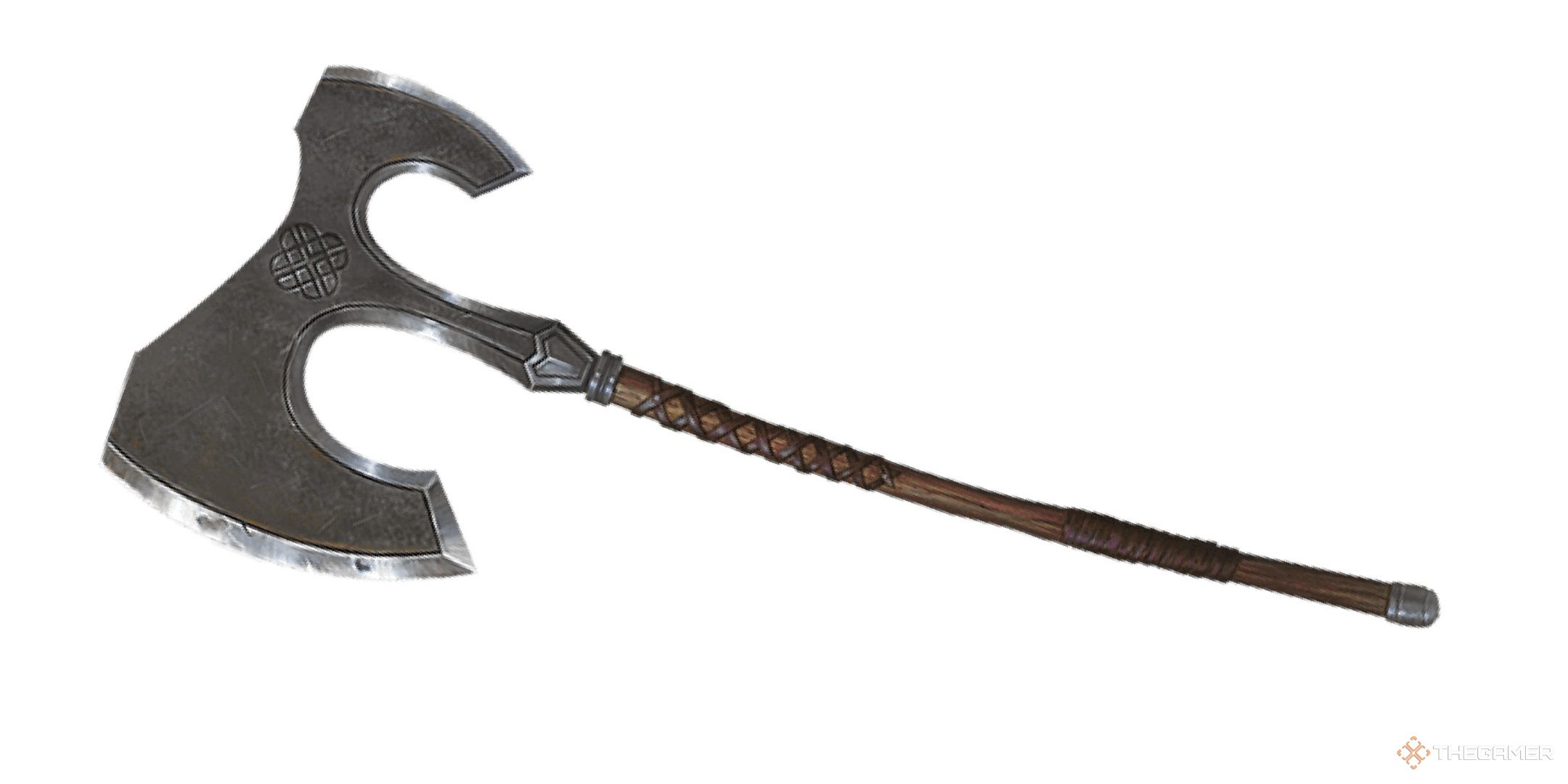
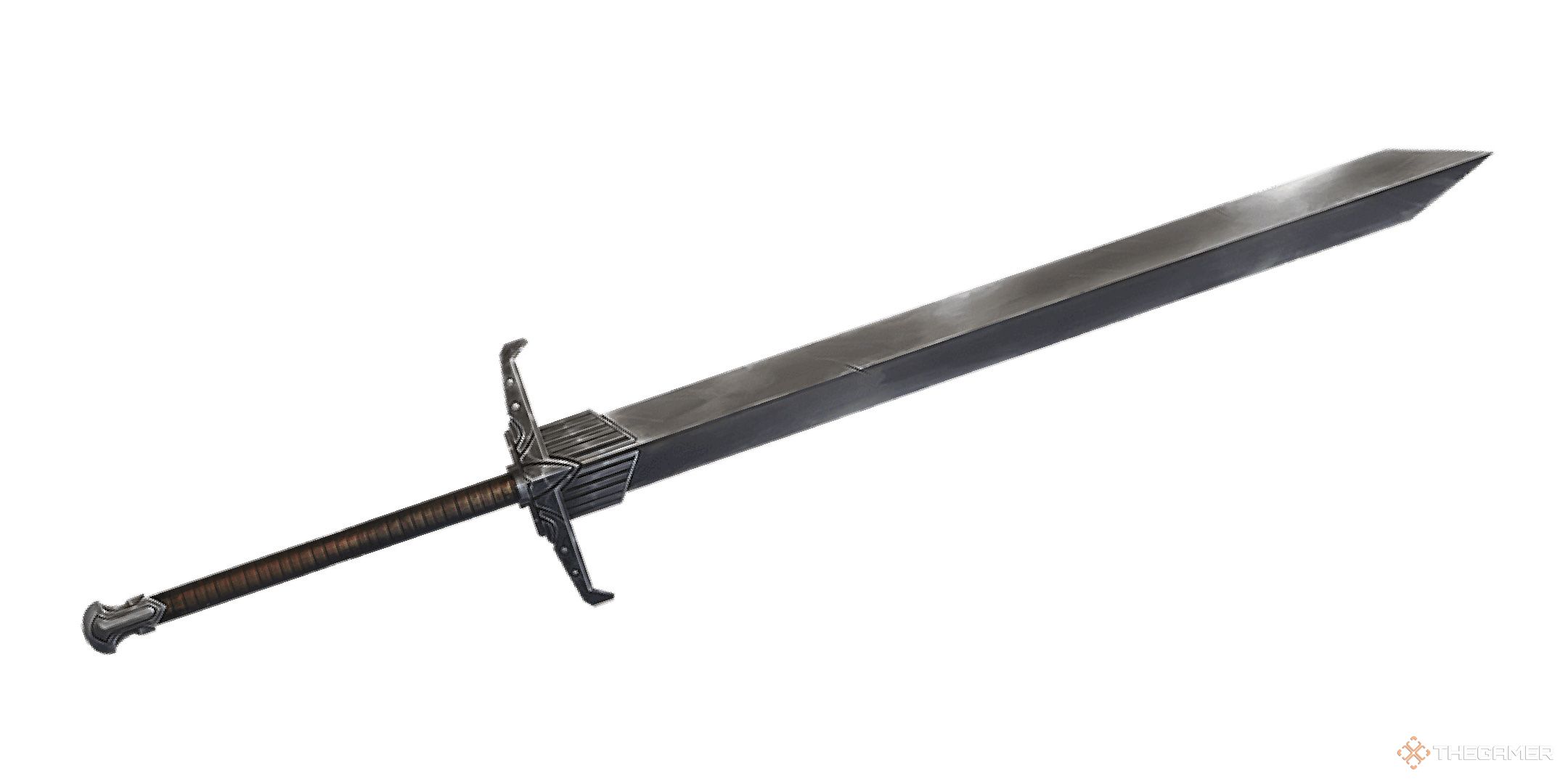
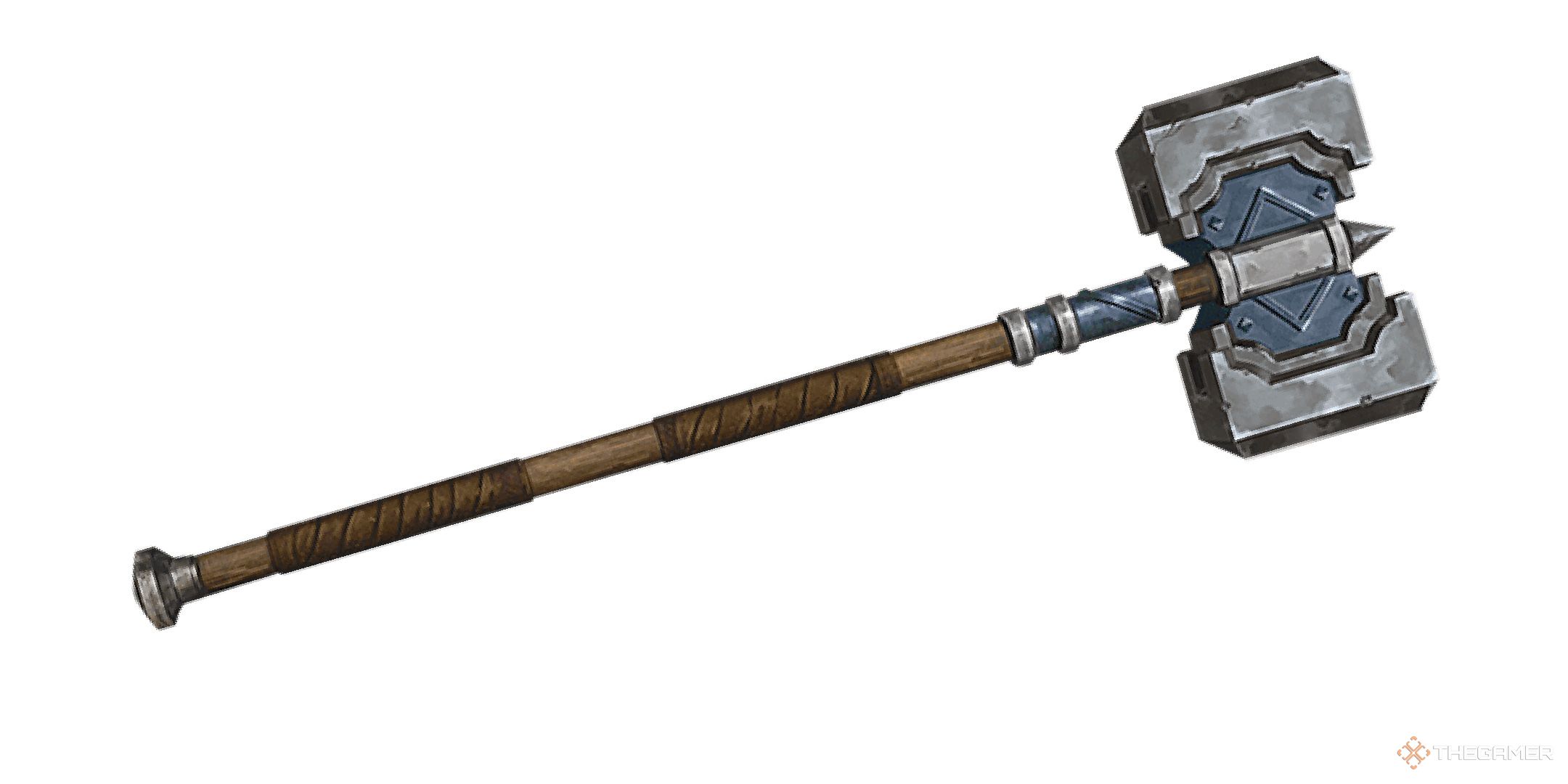
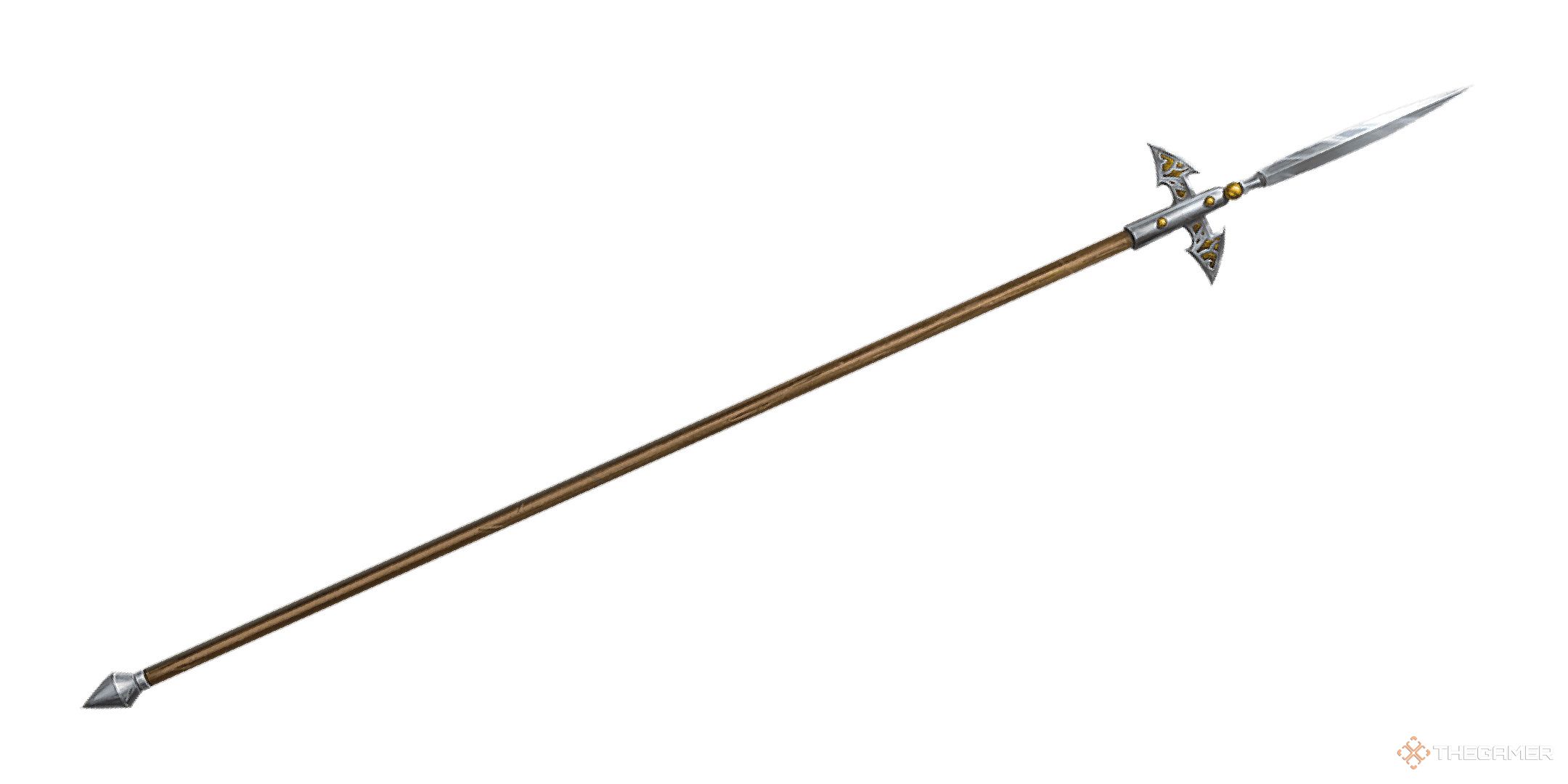
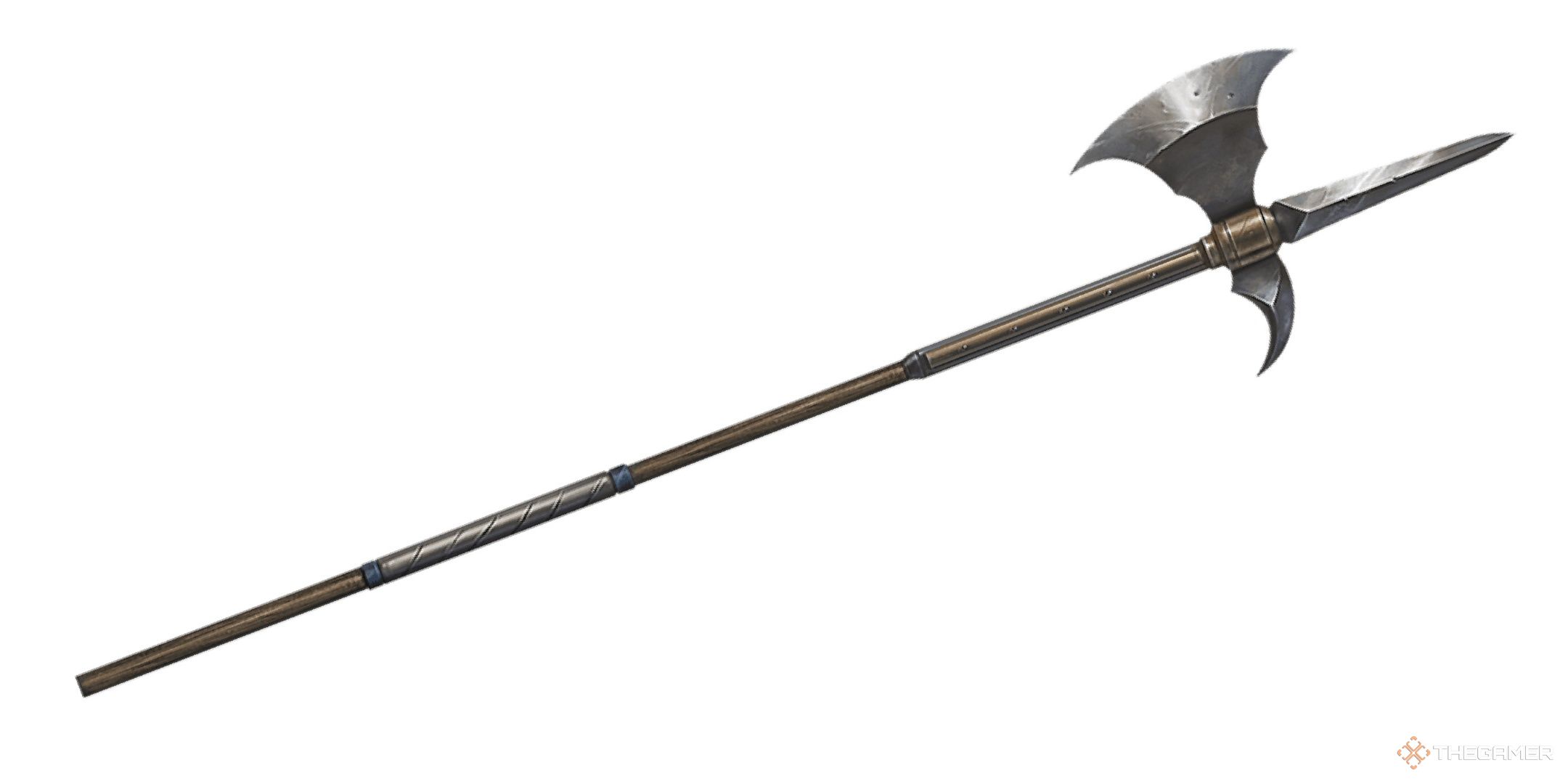
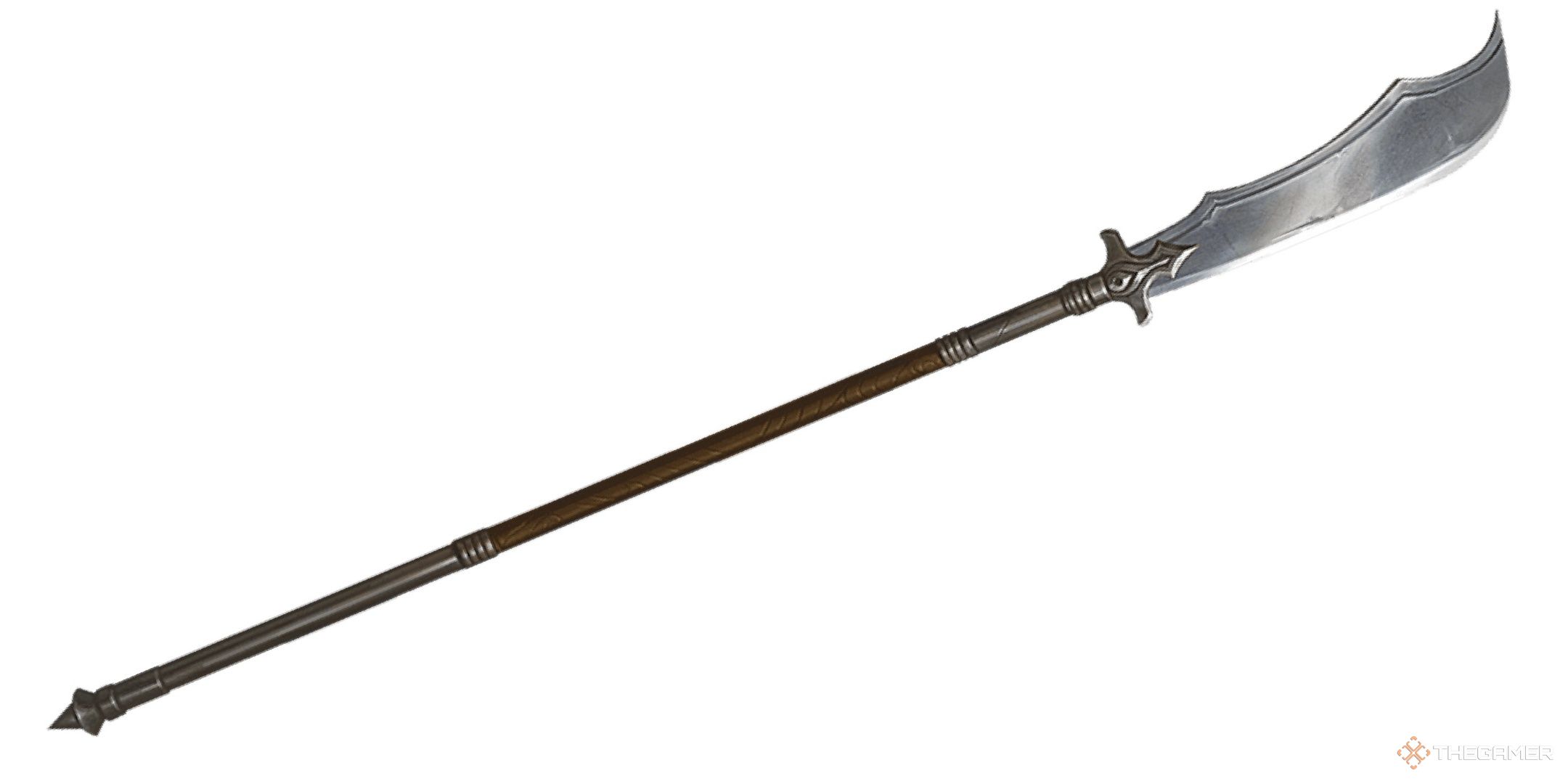
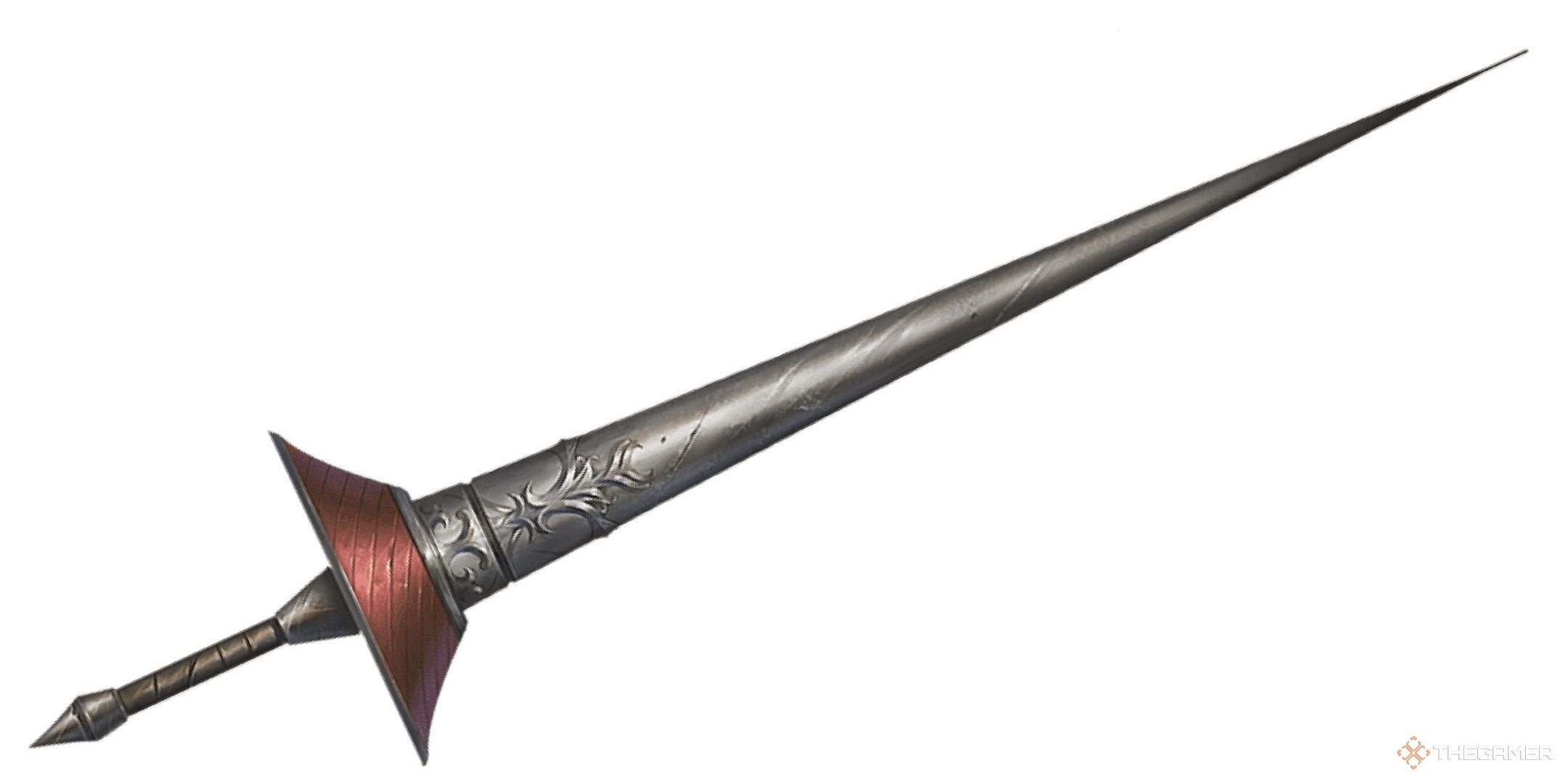
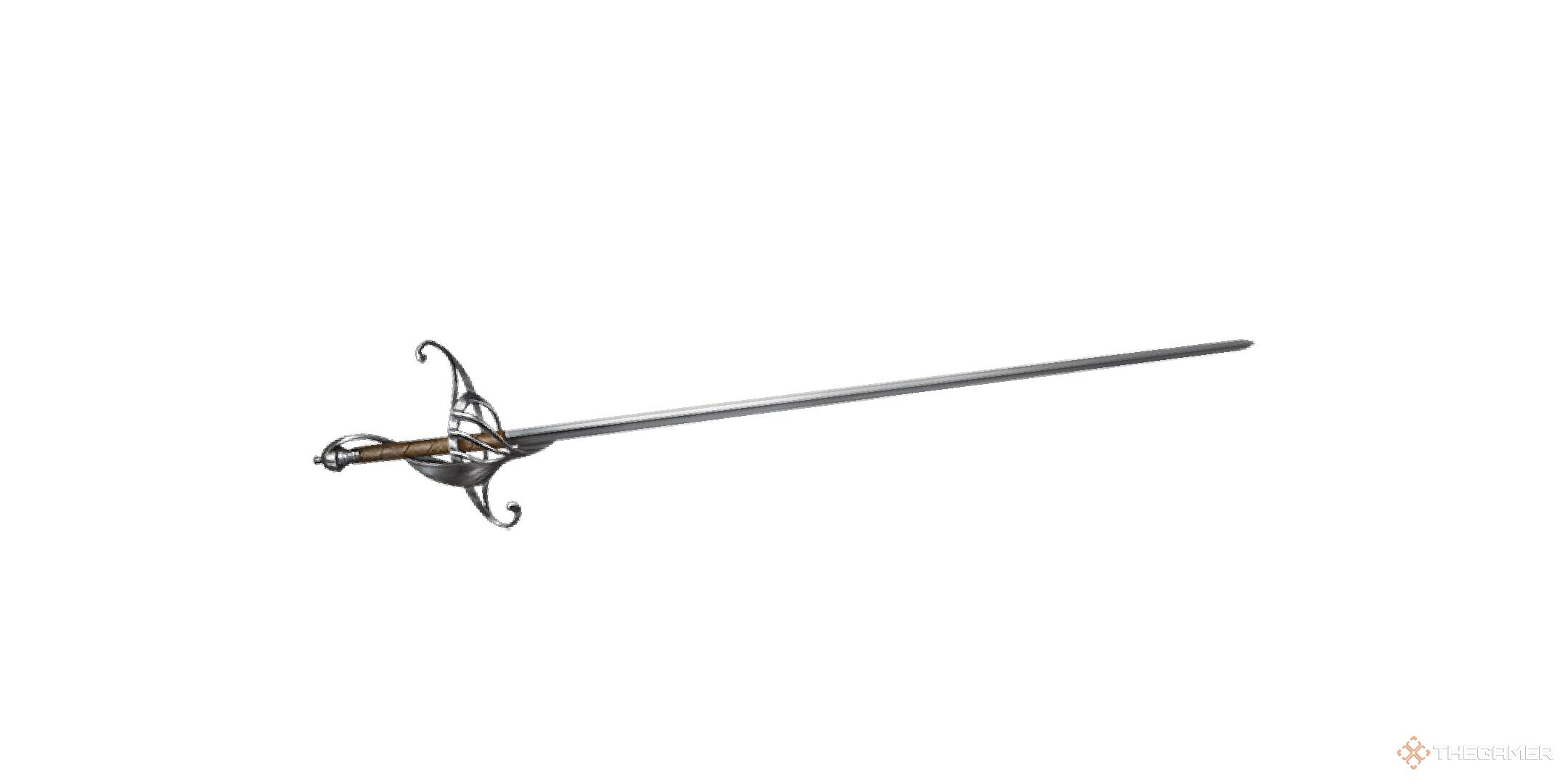
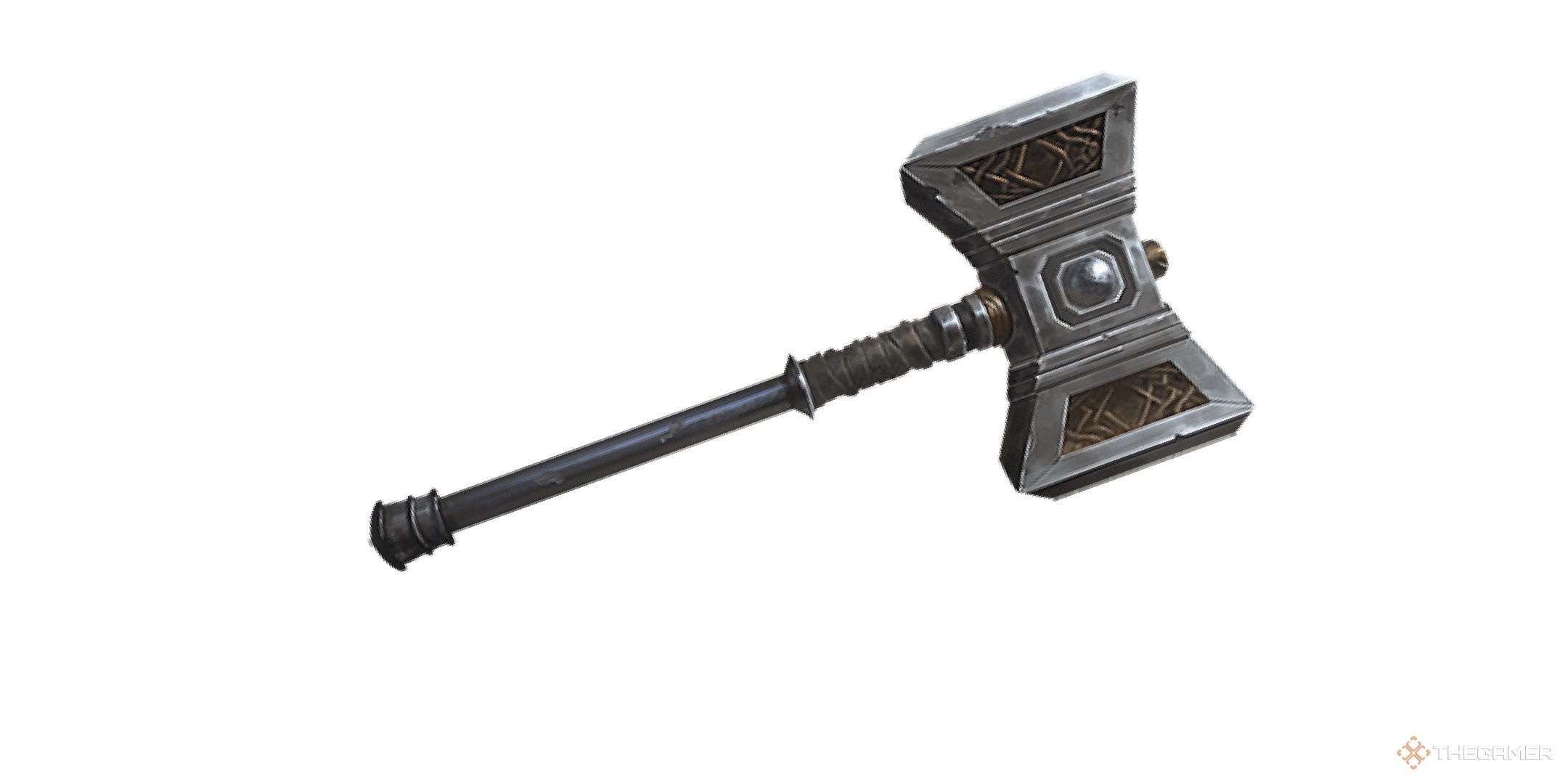
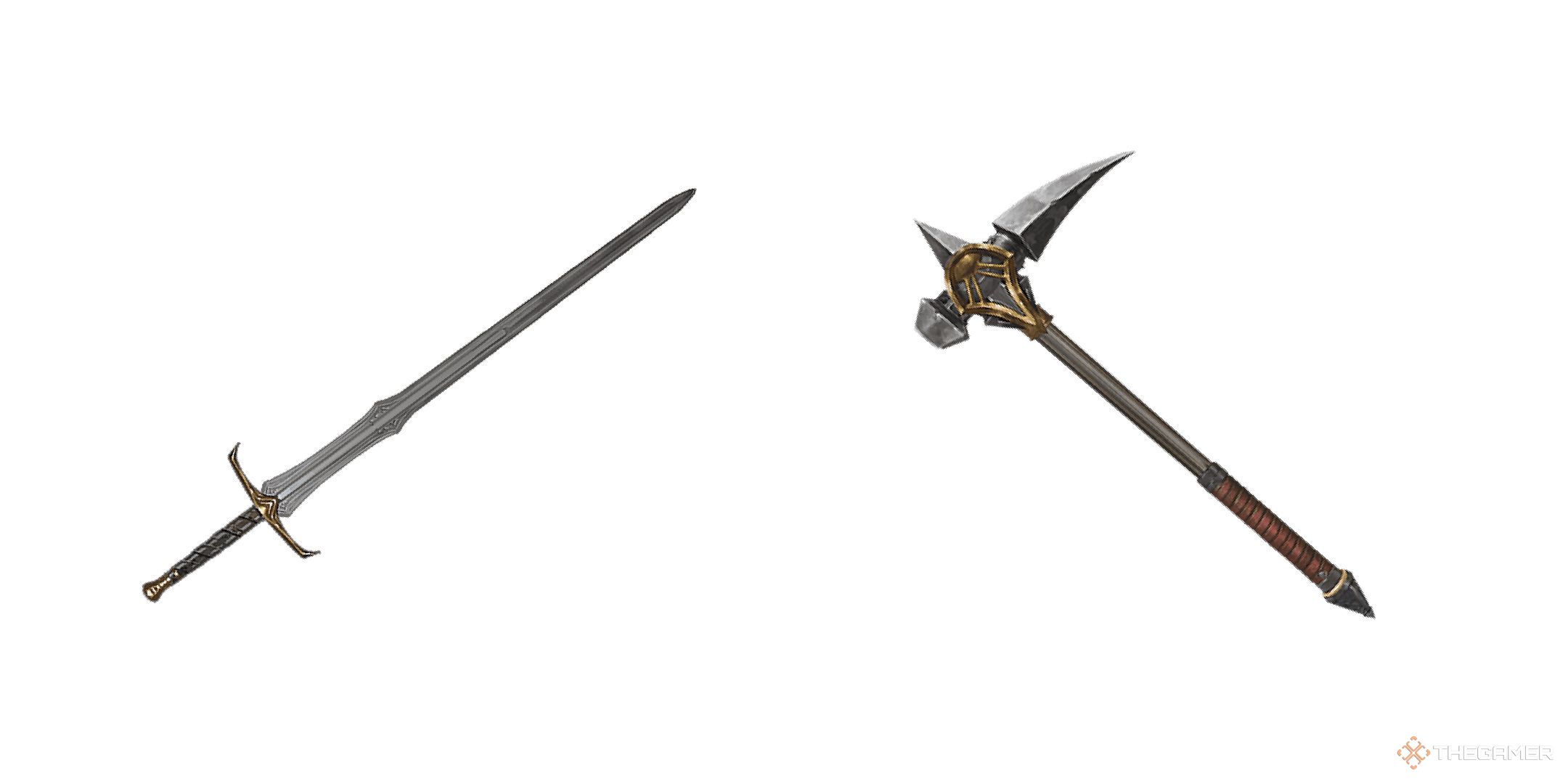
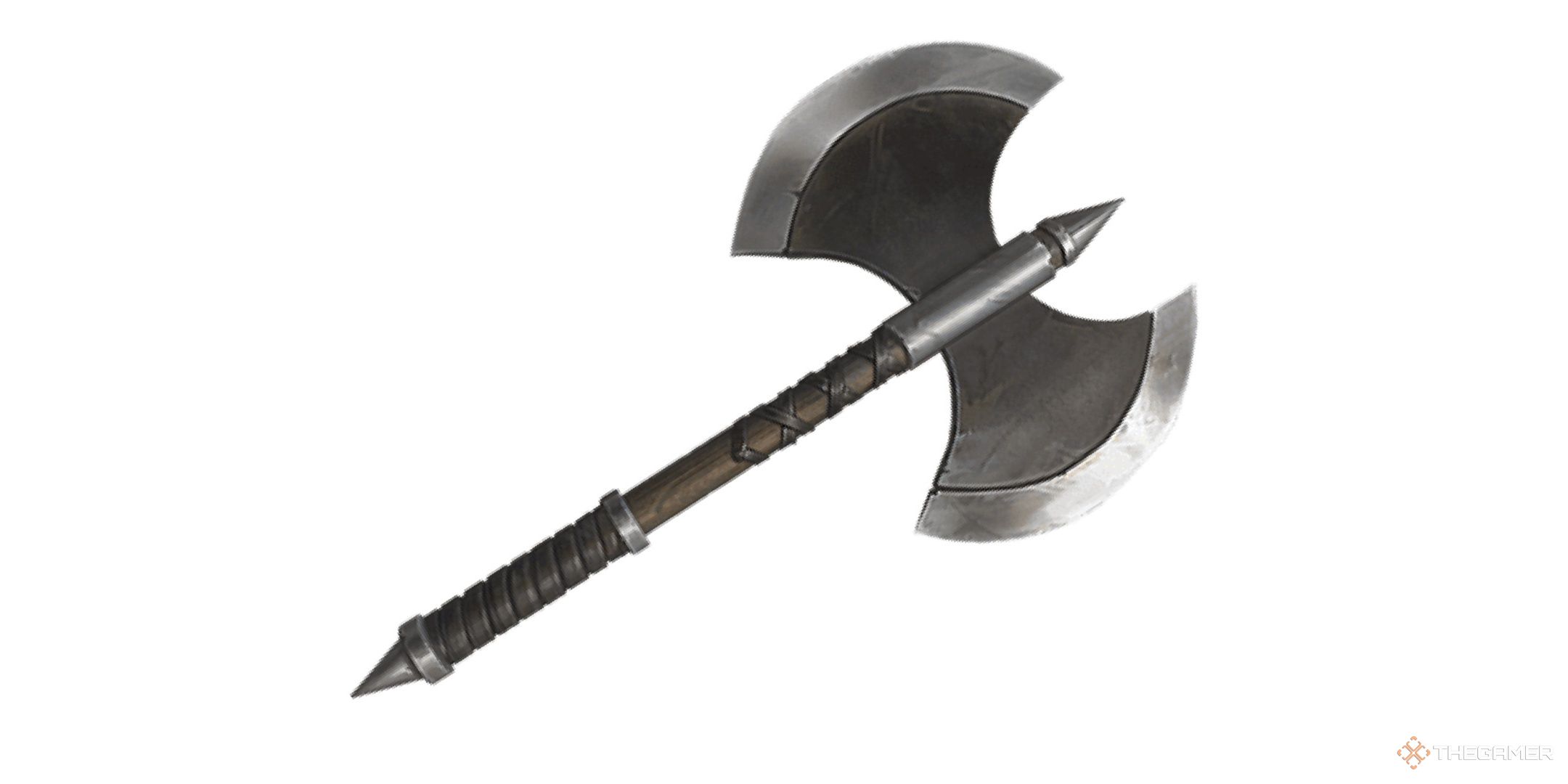
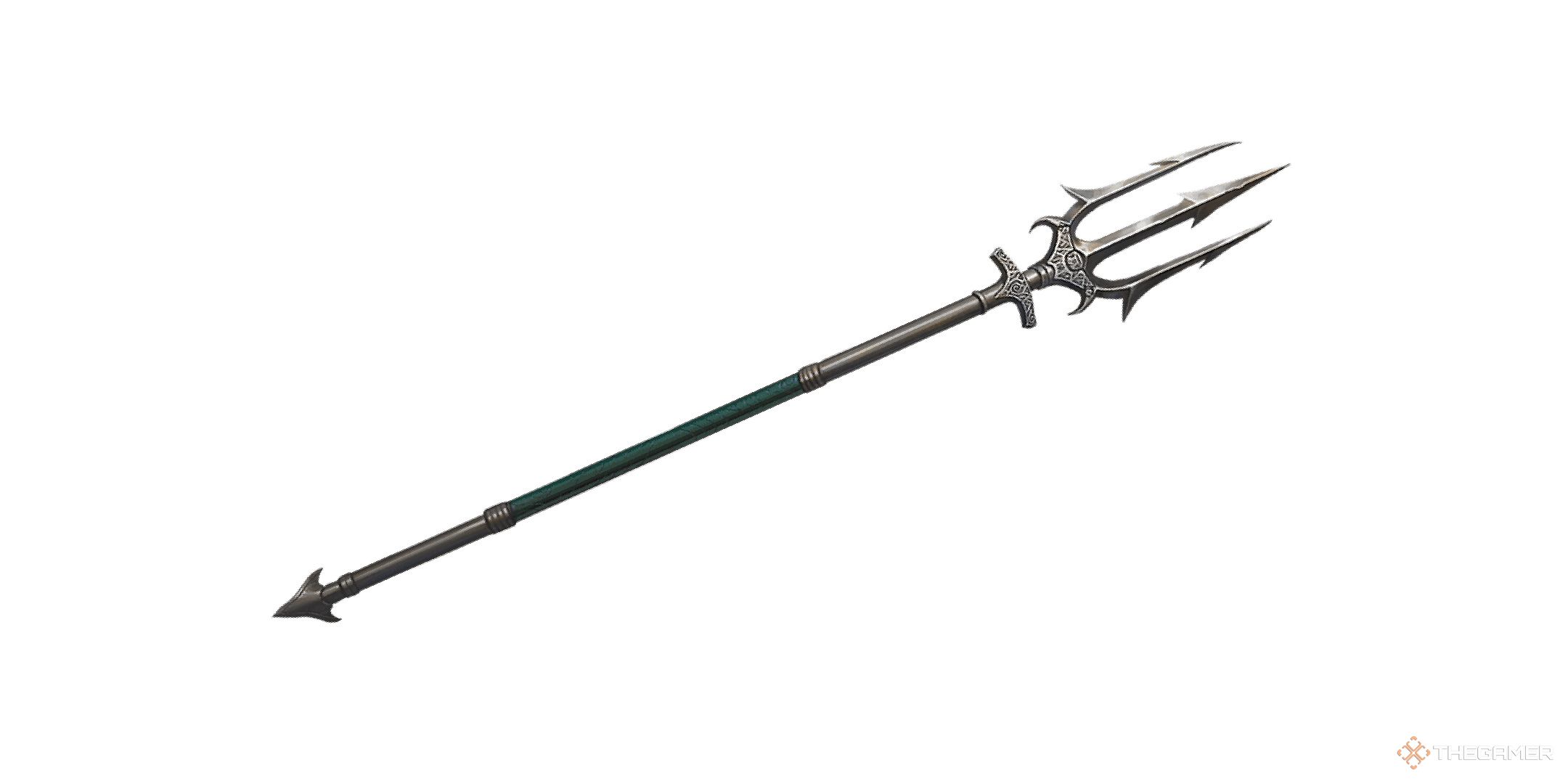









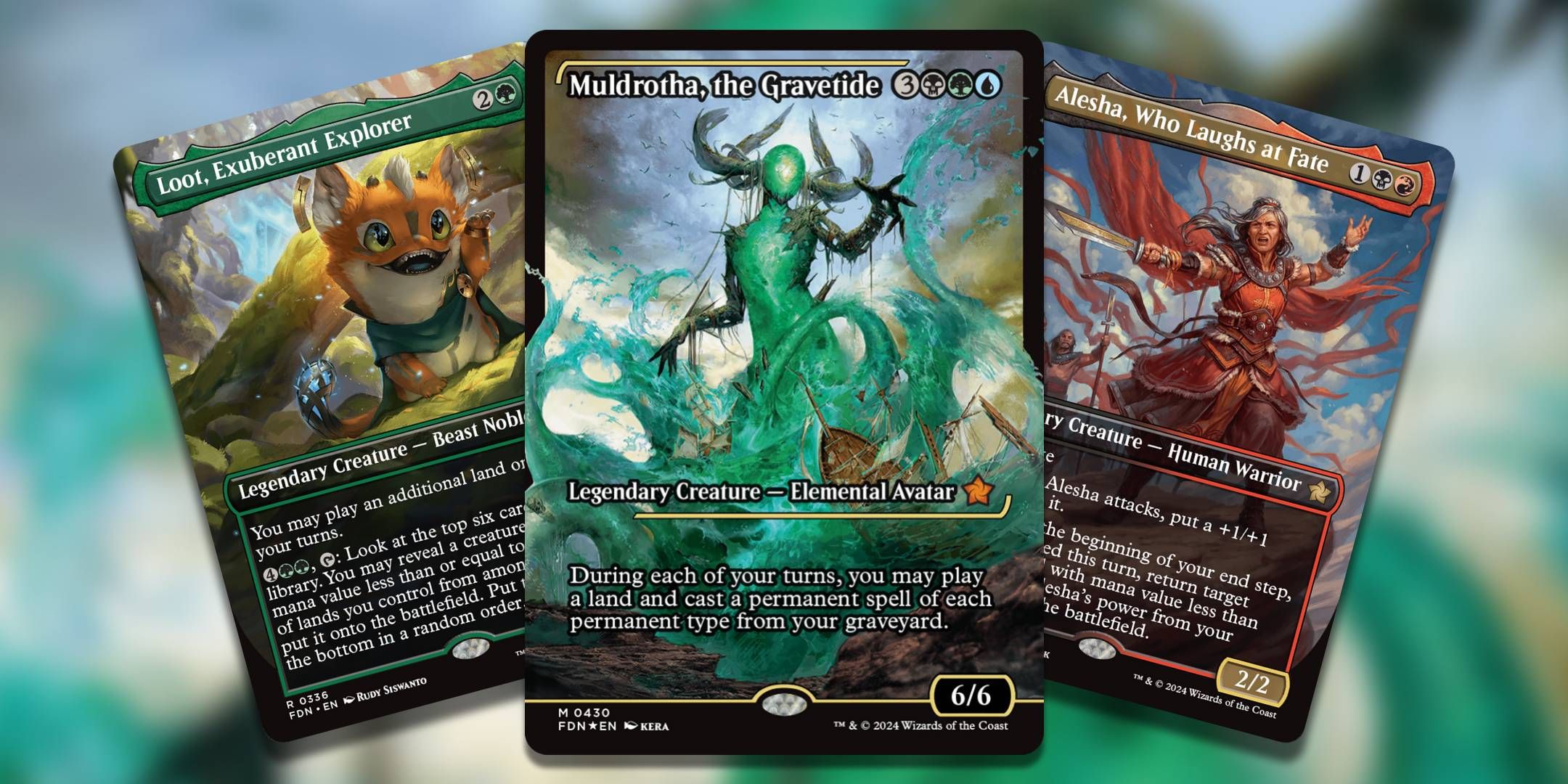

Leave a Reply